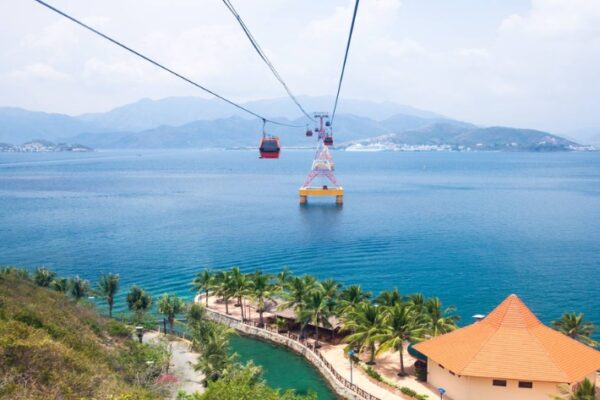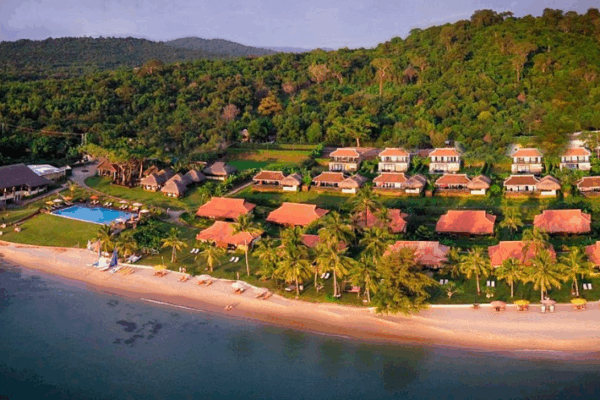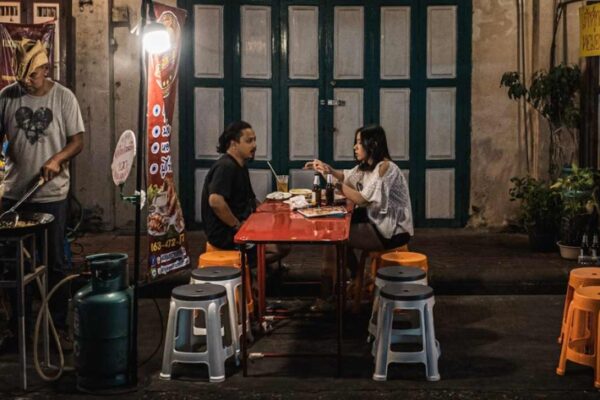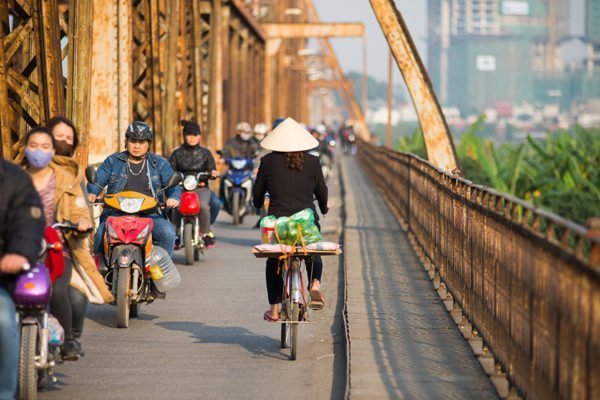Discovering Indochina War Sites: Top 5 Places Should Be On Your Travel Radar
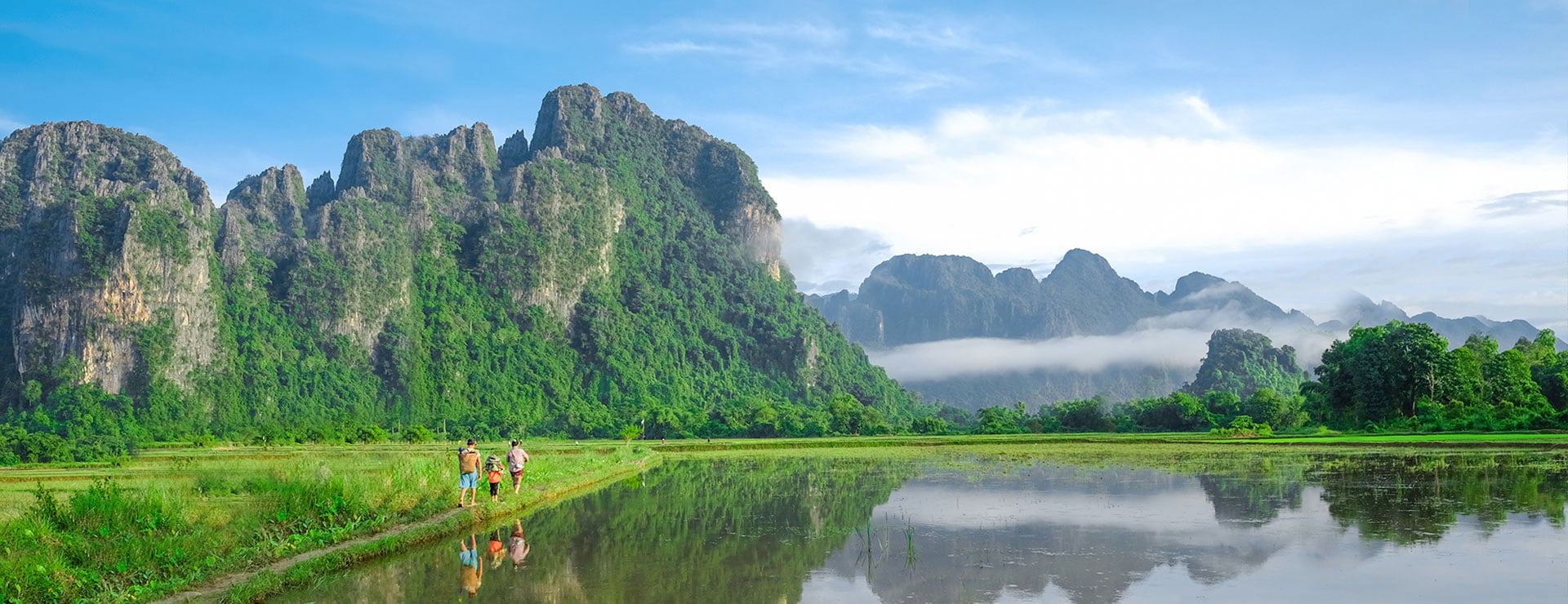
The American-Vietnamese conflict, which took place between 1955 and 1975, not only brought Vietnam to the forefront of the world’s attention, but also Laos and Cambodia. What remains after the war is not only a mark in history but also many stories that can attract thousands of history buffs to this region. If you want to discover another perspective of Indochina, one that involves smoke and guns, the following list of Indochina War Sites can be your reference.
Tuol Sleng Museum, Phnom Penh, Cambodia
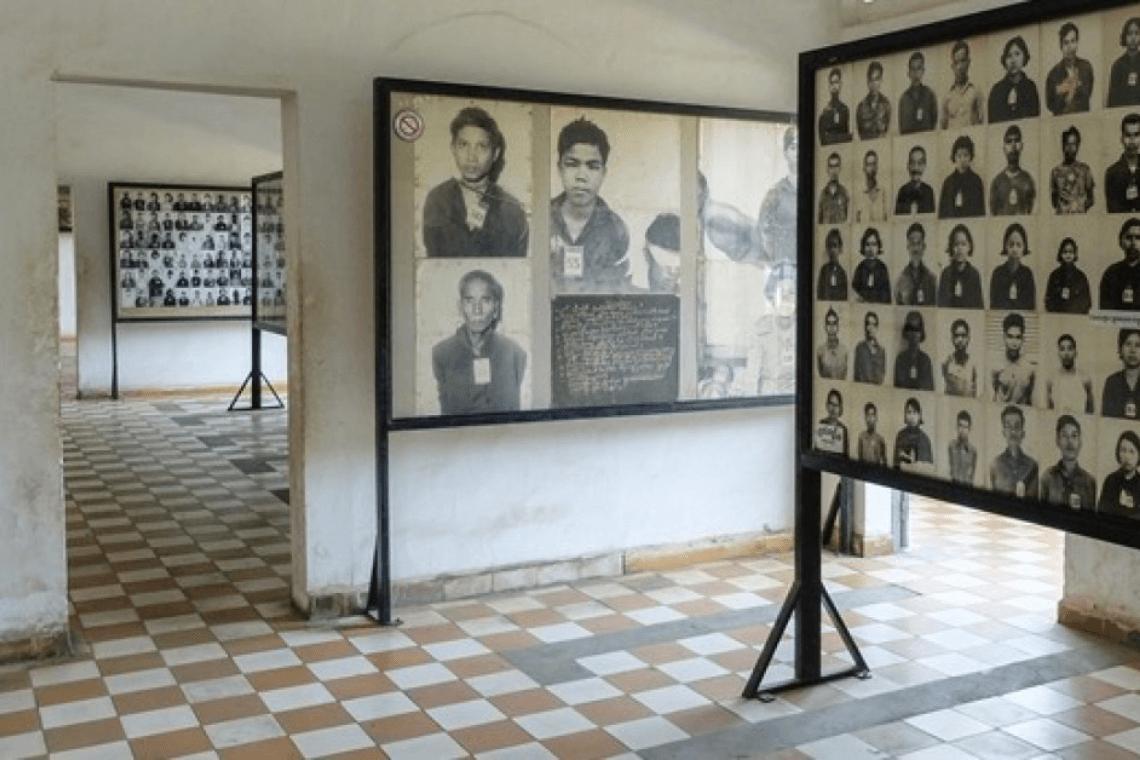
Although not officially a war history museum, Tuol Sleng, formerly known as S21 Prison, emerged during a time of significant violence and social upheaval in Cambodia. Many argue that the Khmer Rouge’s rise to power was a direct result of America’s campaign of carpet bombing the Cambodian countryside during the Vietnam War.
Most Cambodians who did not match the Khmer Rouge’s recruitment criteria were sent to the countryside to work long hours growing rice with little food provided. Those who were considered a threat to the new regime were sent to designated areas to be executed.
Today, S21 has been converted into a museum, providing visitors with an insight into the dark period of Khmer Rouge rule and the punishments inflicted on those unfortunate enough to be sent there. Although a harrowing experience that is not suitable for everyone, it is a must-see for anyone interested in understanding a period of Cambodian history that continues to shape the country today.
Vinh Moc Tunnels & DMZ, Central Vietnam

The Vietnam DMZ was a no man’s land located at the 17th parallel, which divided North and South Vietnam. Ironically, it became the world’s most militarized zone during the Vietnam War. A visit to the DMZ area takes travelers to many important battle sites from the war. The area’s only major city on the coast, Dong Ha, is located on Highway 1 and is easily accessible from Hue and Da Nang.
A DMZ tour usually covers famous sites like the Hien Luong Bridge, Vinh Moc Tunnels, Truong Son National Cemetery, The Rockpile, Dak Rong Bridge, and Khe Sanh Combat Base. Here is some information about the highlights of this tour:
The Vinh Moc Tunnels, located on the border of North and South Vietnam, were originally built to shelter families from the bombing of the surrounding county. The tunnel complex is highly impressive and is a testament to the endurance and ingenuity of the Vietnamese. Most of the tunnels are open to visitors and are kept in their original form. There is also a museum for visitors to explore.
Viengxay Caves, Houaphanh Province, Laos
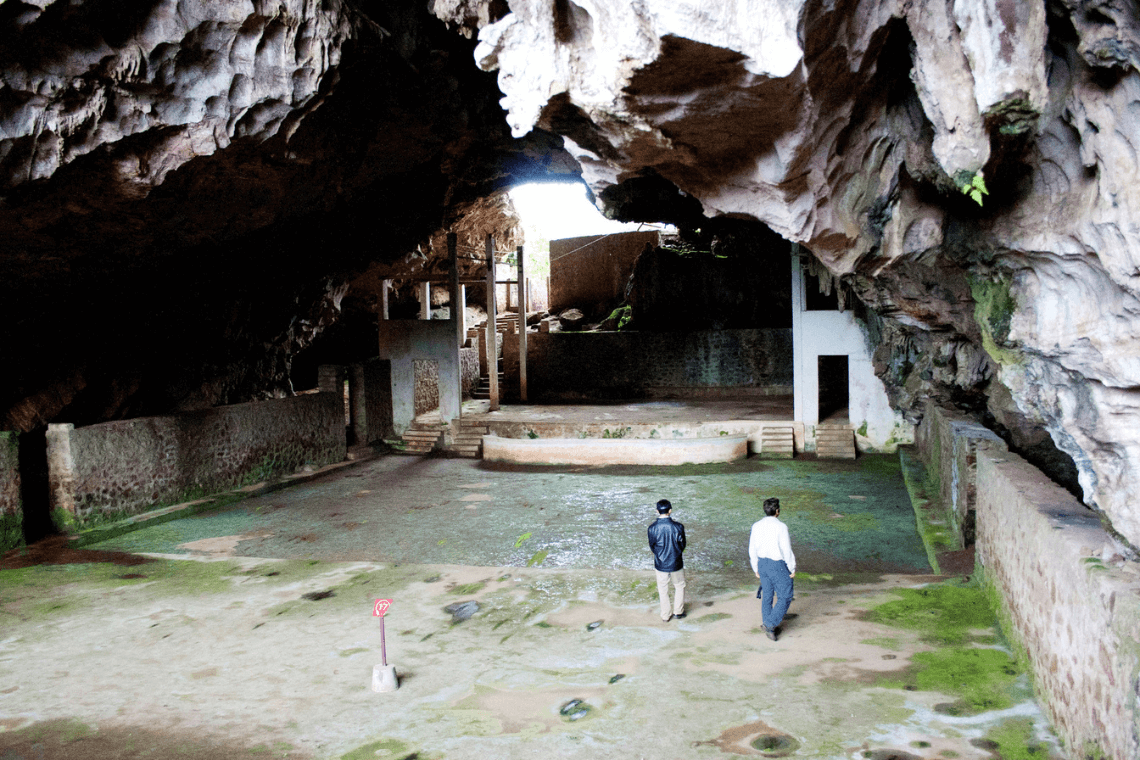
Tucked away in a striking limestone karst landscape near the village of Viengxay (also known as Vieng Xai) lies a series of seemingly forgotten caves. These were used to shelter the Communist Pathet Lao forces during America’s war with Vietnam. The US bombing campaign in Laos is now referred to as the “Secret War” and is one of the least-known conflicts to have involved the US since its founding.
The primary objective of the US bombardment of Northern Laos was to destroy supply routes used by the North Vietnamese Army, collectively known as the “Ho Chi Minh Trail”. The Pathet Lao, who supported the North Vietnamese, used these natural caves as a base from which to fight the Americans and the civil war that was raging at the time. Up to 23,000 people lived in the caves, which contained a hospital, school, shops, offices, and even a theater.
War Remnants Museum, Ho Chi Minh City, Vietnam

The War Remnants Museum is a popular destination for many visitors to Ho Chi Minh City. Located in District 03, the museum offers a glimpse into the horrors of the Vietnam War. The museum is divided into several sections, each of which tells a different aspect of the story. The artifacts on display are powerful and can be difficult to see, but they help visitors understand the reality of the war and its long-lasting effects. The museum also documents the victims of the war and the atrocities committed by both the American and Vietnamese forces.
The War Remnants Museum is an important site that exposes the harsh reality of the Vietnam War. It is a place where visitors can learn about the suffering of the Vietnamese people during the war and reflect on the consequences of the conflict. Although the museum may be difficult to visit, it is essential for anyone interested in the history of the Vietnam War.
The Imperial City, Hue, Vietnam
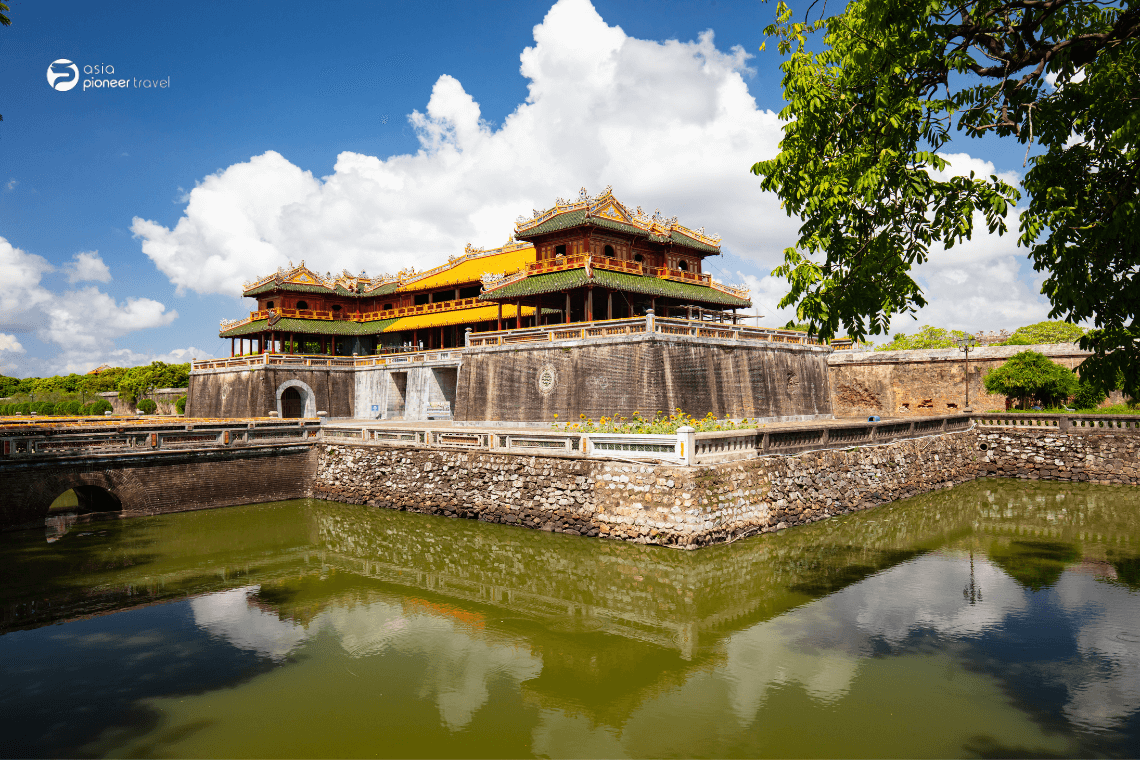
The last name on our list of Indochina War Sites list is a familiar name to travelers.
Hue’s Imperial City is a UNESCO World Heritage site and served as the Nguyen Dynasty’s capital for over a century. Unfortunately, it was also the site of one of the most notorious battles of the Vietnam War – the Tet Offensive of 1968. On January 31st, 1968, the Vietnamese People’s Army and the South Vietnamese Liberation Army launched an attack on the city, which lasted 28 days and resulted in the destruction of 40% of the city and the displacement of 116,000 people. Many historic buildings were destroyed, leaving large empty spaces among the remaining structures. Even now, many buildings still bear the scars of the war, with bullet holes visible on their walls.
Visitors to the Citadel can see first-hand the impact of the war on the city. Artillery and old US tanks are displayed outside the Citadel, and many buildings still have bullet holes from the fighting. Despite the destruction, the Citadel remains a beautiful and important site, with its rich history and stunning architecture attracting thousands of visitors each year.
Let Us Help You Plan Your Vietnam Trip.
Don’t let the planning stress you out. Tell us your travel ideas and our travel advisors are very glad to give you suggestions and guidance for your trip planning. We can tailor-make your trip according to your interests and requirements, and help to create the best Vietnam vacation for you.
